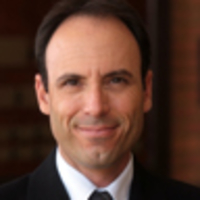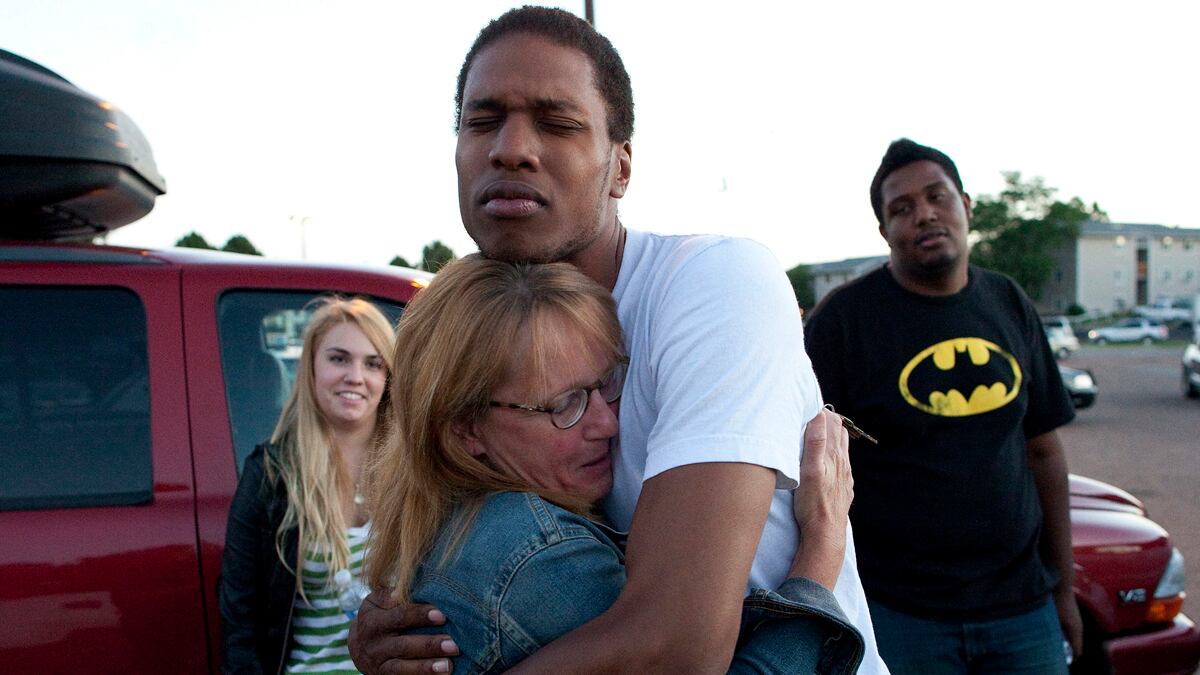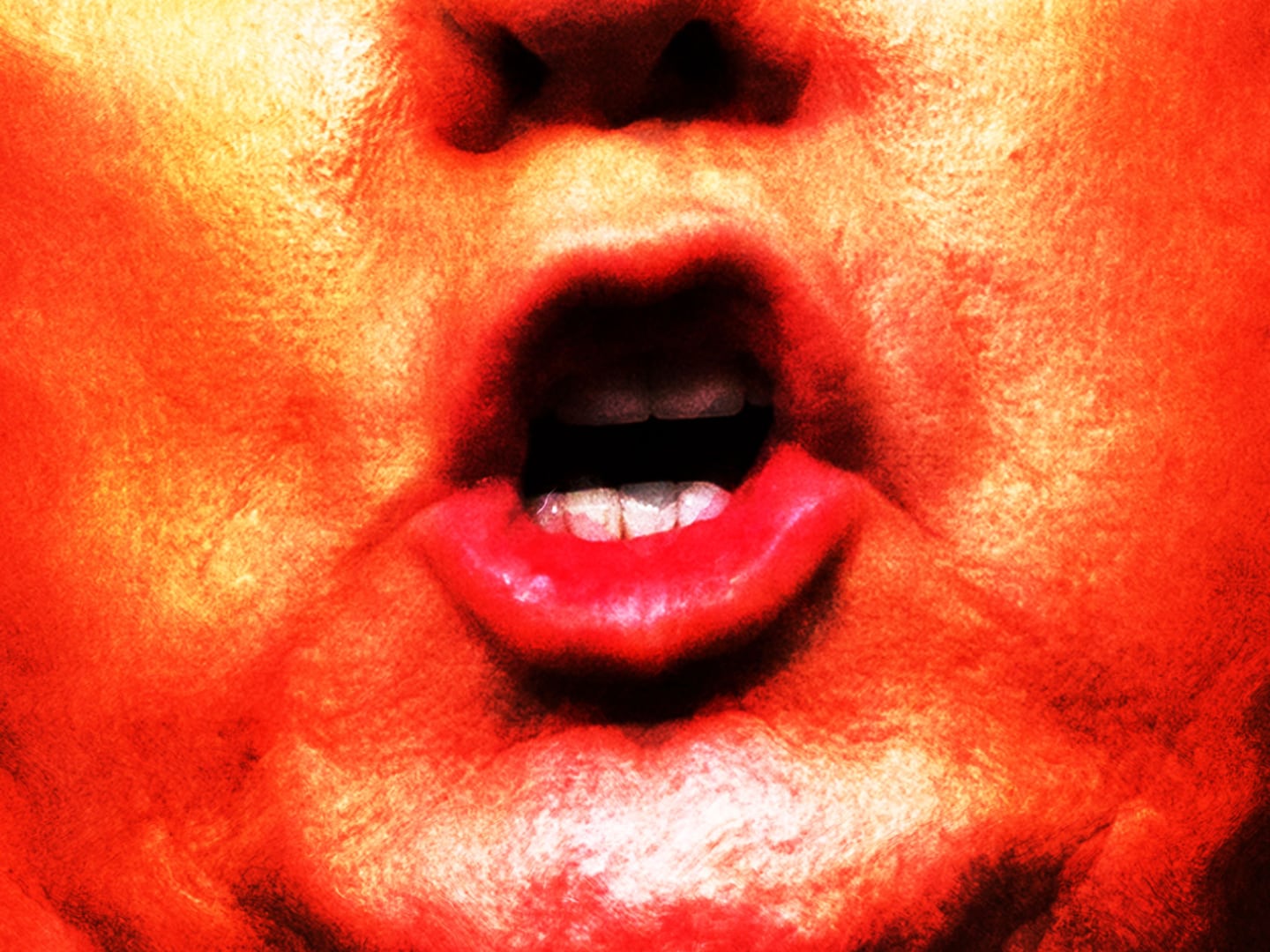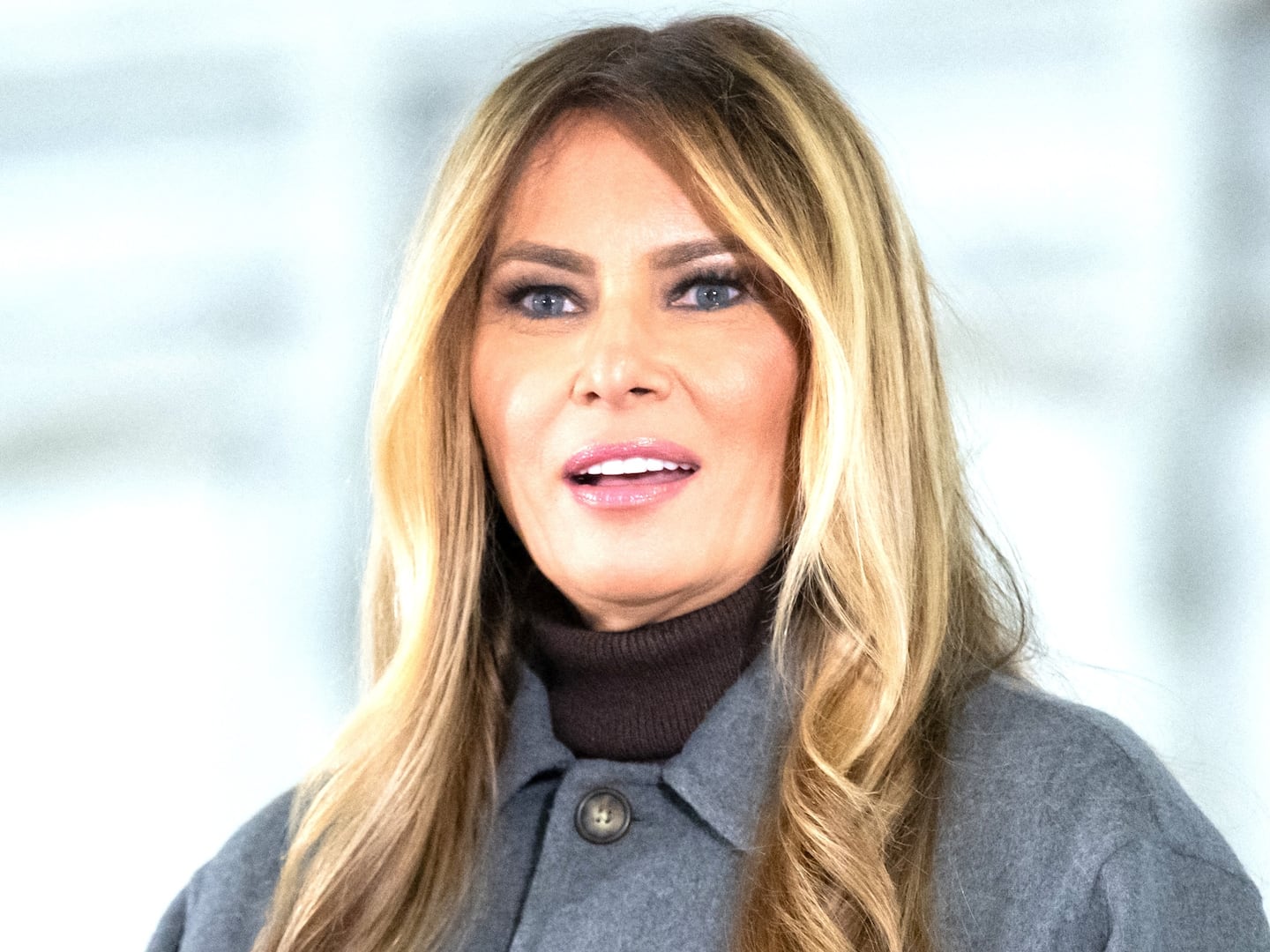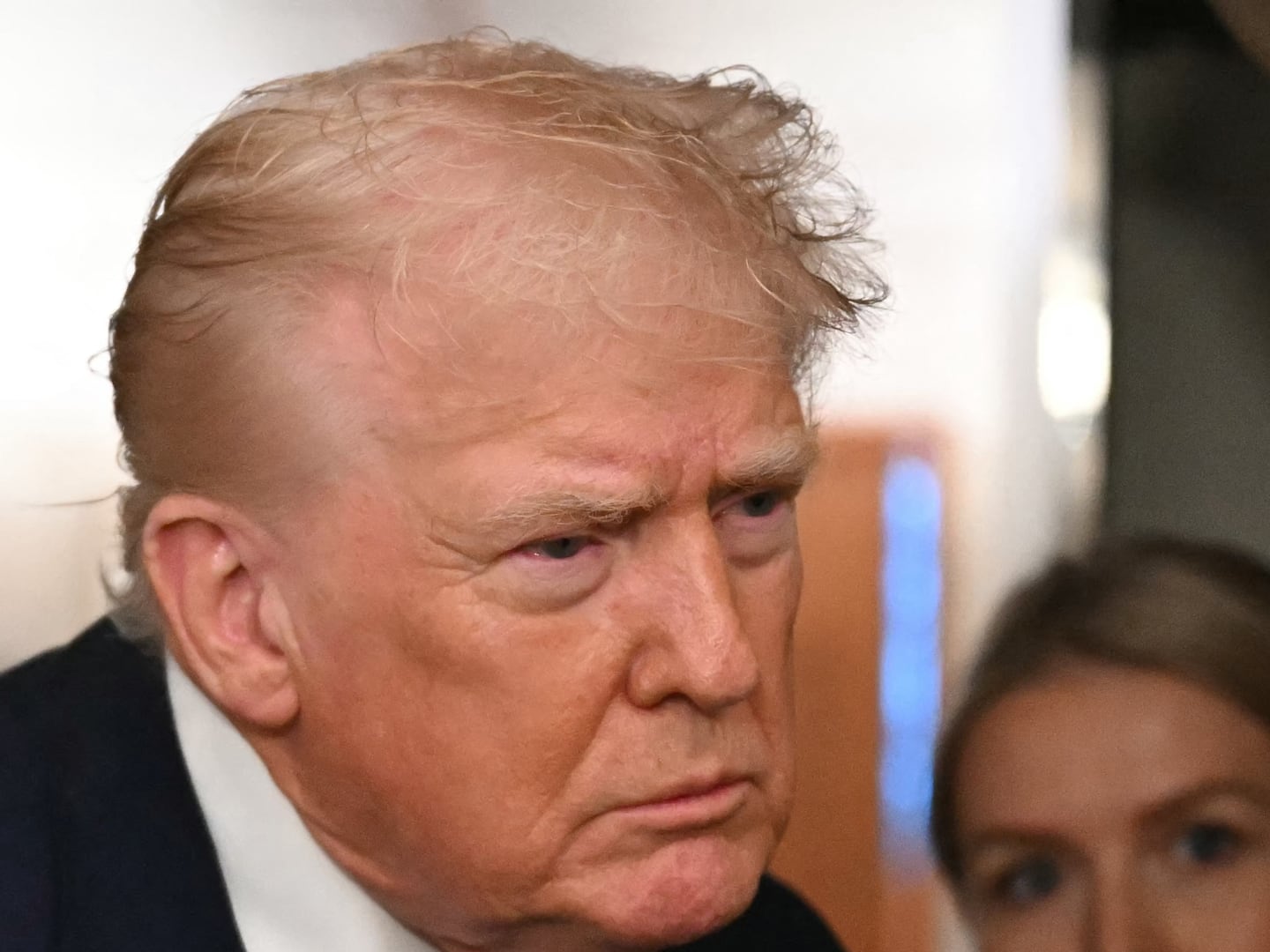With twelve people dead and around fifty wounded, the mass shooting at a theatre in Aurora, Colorado showing the latest Batman movie, has already led to calls for new gun control laws. The Brady Center to Prevent Gun Violence, the nation’s leading gun control group, declared that victims of gun crime “don’t want sympathy. We want action.” Yet it’s unlikely that anything but sympathy will come from this horrific act. Over the past twenty years, it’s become increasingly clear that mass shootings, no matter how tragic, don’t lead to reforms of gun laws.
Thirteen years ago, Colorado suffered through another devastating mass shooting, at Columbine High School. Eric Harris and Dylan Klebold, two seniors at the school, opened fire on students and teachers, killing 13. It was the worst high school shooting in American history—and no gun laws were reformed in its wake.
Last year, Gabrielle Giffords, a congresswoman from Arizona, was targeted by Jared Loughner, who emptied his 9mm Glock on a crowd of Giffords supporters in a Tucson parking lot. Although Giffords survived, six people died, including a federal judge. And once again, no new gun control laws were passed.
Recent years have also been scarred by mass shootings at a hair salon in Seal Beach, California (8 dead); at a military base in Fort Hood, Texas (13 dead); and a community center in Binghampton, New York (13 dead). Unfortunately, this is not an exhaustive list.
The only exception was the Virginia Tech massacre (32 dead), which led Congress to provide additional funds for states to use to gather and report to the federal government background information on potential gun purchasers. While this law, signed by President George W. Bush, was needed, it didn’t amount to a significant change in our gun control laws.
Virginia Tech may be the exception that proves the rule: no matter how many people die, gun control does not move.
This wasn’t always the case. In fact, it used to be that high-profile shootings did stimulate gun law reforms. The first major federal gun control law, the National Firearms Act, was prompted by the St. Valentine’s Day massacre of 1929, in which Al Capone’s hit men lined up seven mobsters from a competing crime syndicate and sprayed them with Thompson sub-machine guns. After photos of the dead men crumpled on the floor next to a bullet-ridden wall made the front page of newspapers around the country, a political movement to control guns arose, led by President Franklin Roosevelt himself. Finally passed in 1934, Roosevelt’s law restricted access to machine guns and other firearms favored by gangsters.
In the spring of 1968, the back-to-back assassinations of Martin Luther King and Robert Kennedy led to passage of another major federal gun control law, the Gun Control Act. That law restricted the importation of certain firearms, shored up the licensing requirements for gun dealers, and barred felons from buying guns.
In the 1980s, the attempted assassination of President Ronald Reagan led to a push for what became known as the Brady Bill, named after James Brady, Reagan’s press secretary, who was seriously injured in the attack.

Yet the Brady Bill, which required federally licensed gun dealers to perform background checks on people who buy guns, was the last of the major gun laws inspired by a shooting incident. And given that it took more than a dozen years for the law to be passed, it was a harbinger of the difficulties gun control advocates would face in years to come.
What changed? Perhaps the most important cause of the shift was the growing political influence of the NRA—and the decreasing strength of the gun control movement. Although the National Rifle Association has been around since just after the Civil War, the organization became radicalized in the mid-1970s after a group of hardline gun control opponents took the helm. The new NRA made fighting to defeat gun control its signature issue. When Democrats lost their majority in the House of Representatives for the first time in 1994—which no less an expert than President Bill Clinton blamed on the passage of the Brady Bill—the party traditionally open-minded about gun control dropped the issue.
Avoid gun control at all costs became an informal plank in the party platform. With little hope of moving significant gun control through Congress, the gun control movement itself began to struggle. Today, most of the major gun control advocacy groups are struggling to stay afloat. The leader of one West Coast gun control group told me recently that her group was out of money and no new grants were expected. While many Americans support additional limits on access to guns, they don’t put their money or their votes behind that view and, along with the shooting victims, gun control groups may soon be dying out.
Another reason for the inability of gun control to move is the difficulty of finding effective laws to prevent the shootings. Klebold and Harris, the Columbine killers, were already barred by federal law from purchasing guns due to their age. Yet they easily found a friend old enough to go to a gun show and buy the guns—illegally—for them. The Giffords shooting led to calls to ban the sale of guns, like the one Loughner used, capable of holding more than ten rounds. But there are already tens of millions of such guns already in circulation. And although we don’t know much yet about the Aurora shooting, it appears the gunman used multiple firearms—an easy end-run around laws that limit the number of rounds a gun can hold.
On the one hand, the failure of gun control advocates to win new laws after these deadly shootings is a shame. Behavioral psychologists say that people react strongly to high-profile incidents, often viewing them as more likely to occur after the fact. A shooting primes the public to accept gun laws that they might otherwise feel less strongly about.
On the other hand, what America needs is not a bunch of new gun laws that attempt to respond to yesterday’s shooting. America’s gun laws are already a patchwork of fifty-one different gun control regimes (each state plus the federal government). Because of the easy transport of guns across state lines, that patchwork is predictably ineffective at enhancing public safety. The only gun control laws that would really work would be federal laws that bind every state.
What we need is not a knee-jerk reaction to another tragic shooting. As a country, we need our leaders to sit down and think about gun laws in more comprehensive, less incremental terms. Unfortunately, the Dark Knight shootings in Colorado, like the previous tragedies in Columbine, Tucson, and Fort Hood, aren’t likely to inspire such political action.
